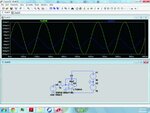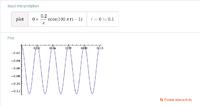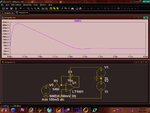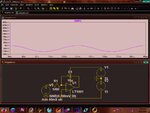RITESH KAKKAR
Banned
Hello,
What is MIMO multi input multi out put application where it is used?
How do you design a PID controller for MIMO systems
What is MIMO multi input multi out put application where it is used?
How do you design a PID controller for MIMO systems




